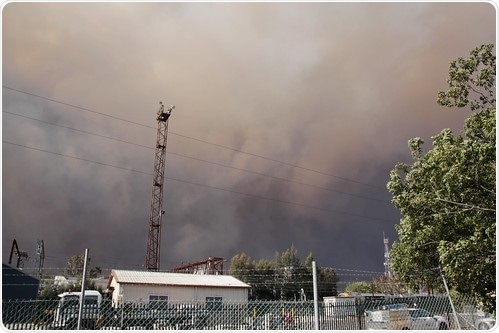
Bushfire smoke more hazardous to inhale than dust storm particles
Bushfire smoke particles covering Queensland and New South Wales are more dangerous to inhale than the particles from the dust storms which blanketed Brisbane in 2009.

Professor Zoran Ristovski, from QUT’s International Laboratory for Air Quality & Health (ILAQH), said QUT had developed and deployed a network of KOALA air-quality sensors.
“We have 100 KOALA (Knowing Our Ambient Local Air-quality) portable sensor packs distributed in Australian cities and overseas which continuously monitor air pollution,” Professor Ristovski said.
“These sensors can measure particles smaller than 2.5 micrometers, or PM2.5, which are invisible to the naked eye that can, due to their very small size, deposit deep into the lungs.
“The particles from the bushfires come from burning biomass and are much smaller and of a different chemical composition than dust storm particles which makes them much more toxic when inhaled in the same quantities as dust storm particles.
“The usual level of particles we detect in the Brisbane sensor network is around 10 units (micrograms of particles per one cubic meter of air).
“On Monday, 11 November the sensors around Brisbane measured values up to 400 units, the highest level we have seen since the dust storms.”
Professor Ristovski said that today, (Thursday) the sensors indicated the levels of these toxic small particles had gone down to around 30 units.
The Real-time air quality index shows measures from seven air-quality monitoring stations in the Brisbane CBD, Cannon Hill, Lytton, Rocklea, South Brisbane, Woolloongabba, Wynnum and Wynnum West.






















.png)











No hay comentarios:
Publicar un comentario